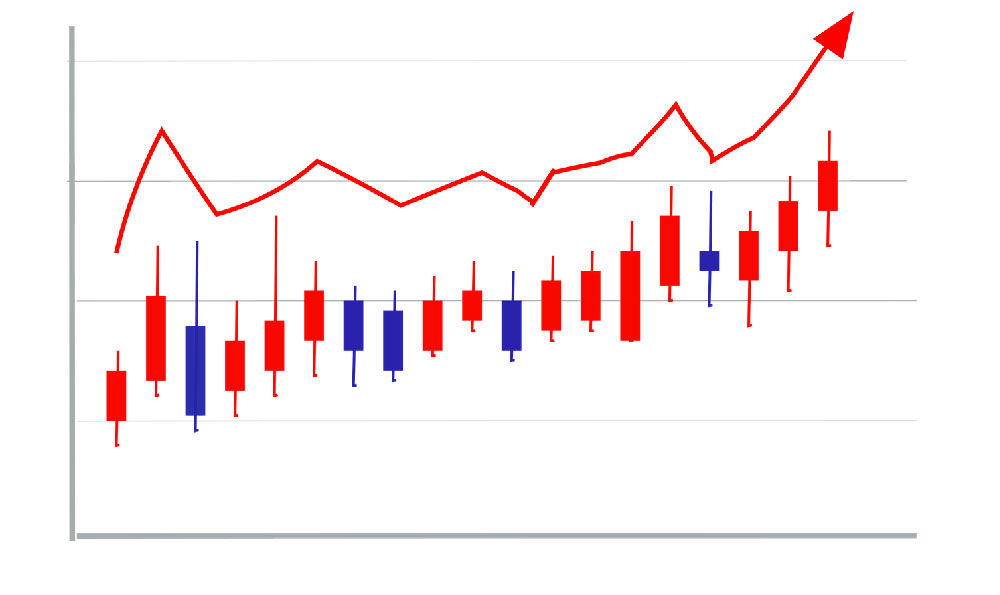Dropshipping has emerged as a popular e-commerce business model, attracting entrepreneurs and side hustlers alike with its low barrier to entry and the allure of potentially high profits. The question that often lingers, however, is: how much can you really earn dropshipping, and is it truly worth the effort and potential risks? The answer is nuanced and heavily dependent on a multitude of factors, ranging from product selection and marketing prowess to market trends and sheer dedication.
There is no magic number that represents the average dropshipping income. Some dropshippers manage to earn a few hundred dollars a month, providing a supplemental income stream. Others, with a more strategic approach and significant investment in marketing and optimization, can achieve five, six, or even seven-figure annual revenues. The key distinction lies in the understanding that dropshipping, while appearing straightforward, requires a robust business strategy and a commitment to continuous learning and adaptation.
The potential profitability hinges largely on the niche you choose. A niche is a specialized segment of the market. Successful dropshippers identify niches with high demand, low competition, and good profit margins. This requires extensive market research. Tools like Google Trends, social media analysis, and competitor research can help you identify trending products and untapped markets. Avoid overly saturated niches where competition is fierce and margins are thin. Instead, look for niche categories where you can establish yourself as a trusted authority and differentiate yourself from the competition. Consider hobbies, specific lifestyle products, or products that address a particular pain point. Validating your niche by analyzing existing demand and potential customer base is a crucial first step towards profitability.

Product selection within your chosen niche is another critical determinant of earnings. Opt for products with good profit margins, ideally aiming for a markup of at least 20-30% after accounting for shipping and other expenses. Focus on products that are lightweight, easy to ship, and less prone to damage during transit. Order samples of your chosen products from your supplier to assess their quality and ensure they meet your standards. Low-quality products can lead to customer dissatisfaction, negative reviews, and ultimately, a damaged reputation that impacts your long-term profitability. Consider the product's lifespan and its potential for repeat purchases. Products that need to be regularly replaced or replenished can generate recurring revenue and increase customer lifetime value.
Marketing is the engine that drives sales in dropshipping. A compelling website or online store is essential. Invest in professional design and high-quality product photography. A user-friendly website with clear product descriptions, easy navigation, and a secure checkout process can significantly improve conversion rates. Search engine optimization (SEO) is vital for attracting organic traffic to your store. Conduct keyword research and optimize your website content and product descriptions to rank higher in search engine results. Social media marketing is another powerful tool for reaching potential customers. Create engaging content, run targeted ads, and build a strong social media presence to drive traffic and generate leads. Consider influencer marketing by partnering with relevant influencers in your niche to promote your products to their audience. Email marketing is essential for nurturing leads and retaining customers. Build an email list and send out regular newsletters with product updates, promotions, and valuable content to keep your audience engaged. Paid advertising platforms like Google Ads and Facebook Ads can provide a quick boost in traffic and sales. However, it’s important to carefully target your ads and track your results to ensure a positive return on investment. A/B testing different ad creatives and targeting options can help you optimize your campaigns and improve their effectiveness.
Customer service is often overlooked, but it is crucial for building a loyal customer base and generating repeat business. Promptly respond to customer inquiries, address concerns, and resolve issues in a professional and empathetic manner. Excellent customer service can turn a one-time buyer into a loyal advocate for your brand. Clearly communicate shipping times and return policies to manage customer expectations. Offer proactive customer support by providing updates on order status and addressing potential issues before they escalate. Consider using customer relationship management (CRM) software to manage customer interactions and track customer data.
Sourcing a reliable supplier is perhaps one of the most important ingredients for dropshipping success. Research and vet potential suppliers thoroughly. Look for suppliers with a proven track record of reliability, quality products, and fast shipping times. Communicate clearly with your suppliers and establish a strong working relationship. Negotiate favorable pricing and shipping terms. Explore multiple suppliers to avoid relying on a single source and to ensure you have backup options in case of unforeseen circumstances. Carefully monitor your suppliers’ performance and address any issues promptly. Building a strong supplier relationship is essential for ensuring consistent product quality, reliable shipping, and overall customer satisfaction.
Beyond the immediate financial returns, dropshipping offers valuable learning opportunities in e-commerce, marketing, and business management. It allows you to test different products and niches without significant upfront investment. It enables you to learn how to build and manage an online store, run marketing campaigns, and provide customer service. These skills can be invaluable for future entrepreneurial endeavors.
However, dropshipping is not without its challenges. Margins can be thin, competition can be fierce, and order fulfillment issues can arise. Managing customer expectations regarding shipping times and product quality can be challenging. The risk of dealing with unreliable suppliers is ever-present. It requires continuous monitoring of market trends, adapting to changes in customer preferences, and staying ahead of the competition.
So, is dropshipping worth it? The answer depends on your expectations, your willingness to learn and adapt, and your commitment to building a successful business. If you are looking for a quick and easy way to get rich, dropshipping is probably not the right path for you. But if you are willing to put in the time, effort, and resources required to build a solid business strategy, dropshipping can be a rewarding and profitable venture. Success in dropshipping requires a blend of entrepreneurial spirit, marketing savvy, and a commitment to providing excellent customer service. It demands meticulous planning, diligent execution, and a constant drive to improve. The potential rewards are significant, but they are earned through hard work and dedication, not simply stumbled upon. The journey can be demanding, but the potential for financial freedom and entrepreneurial fulfillment makes it a pursuit worth considering for those with the right mindset and skillset.












